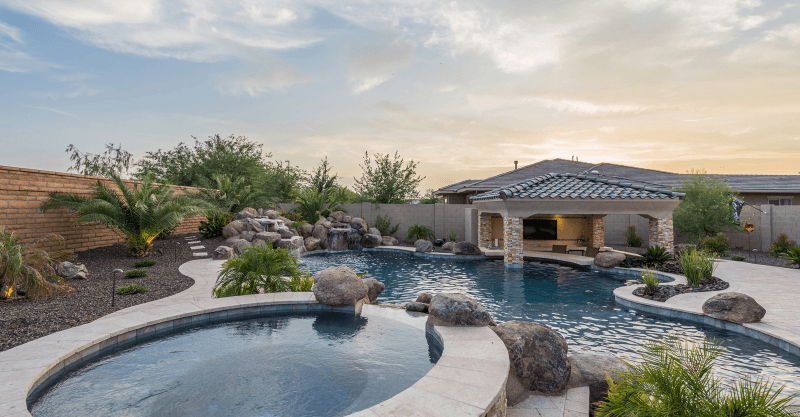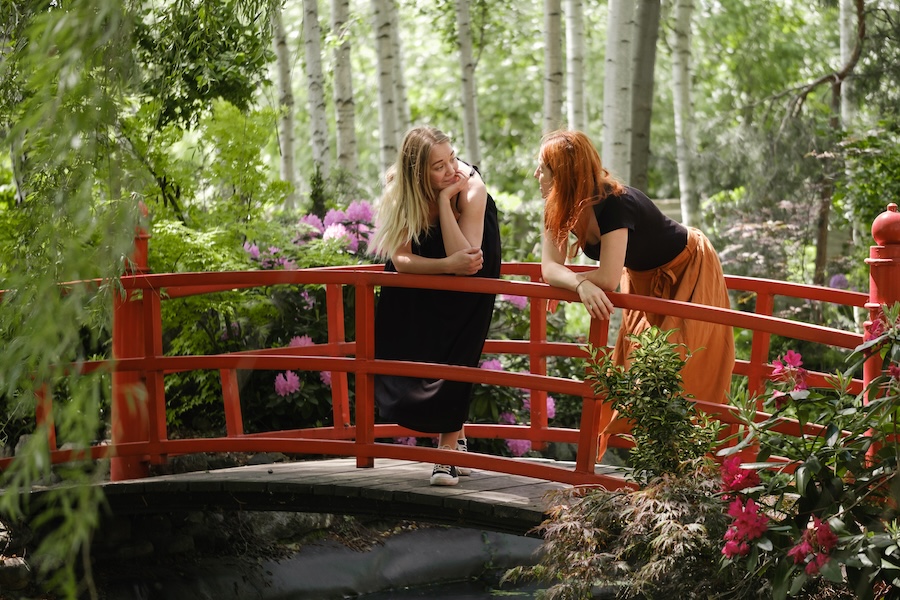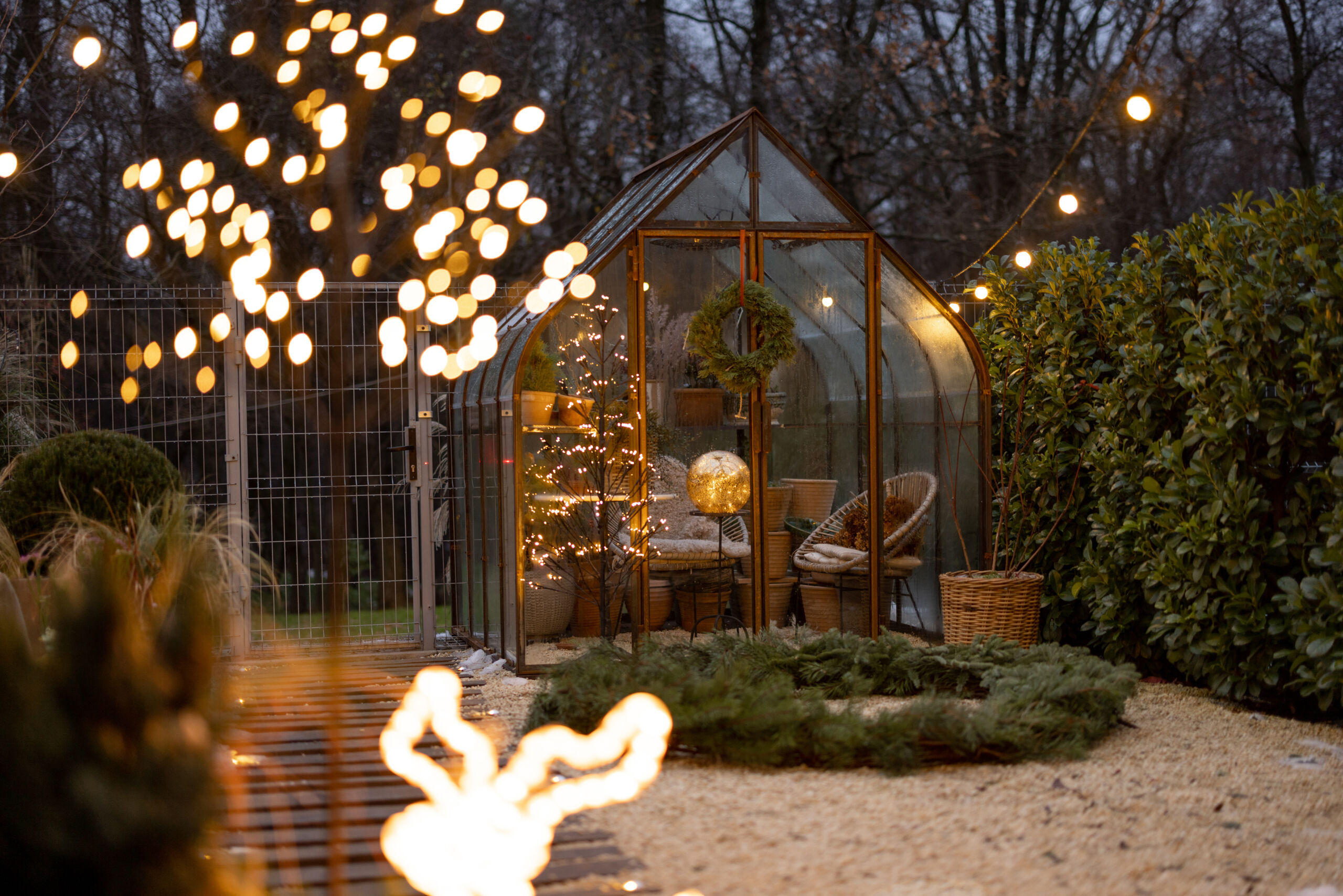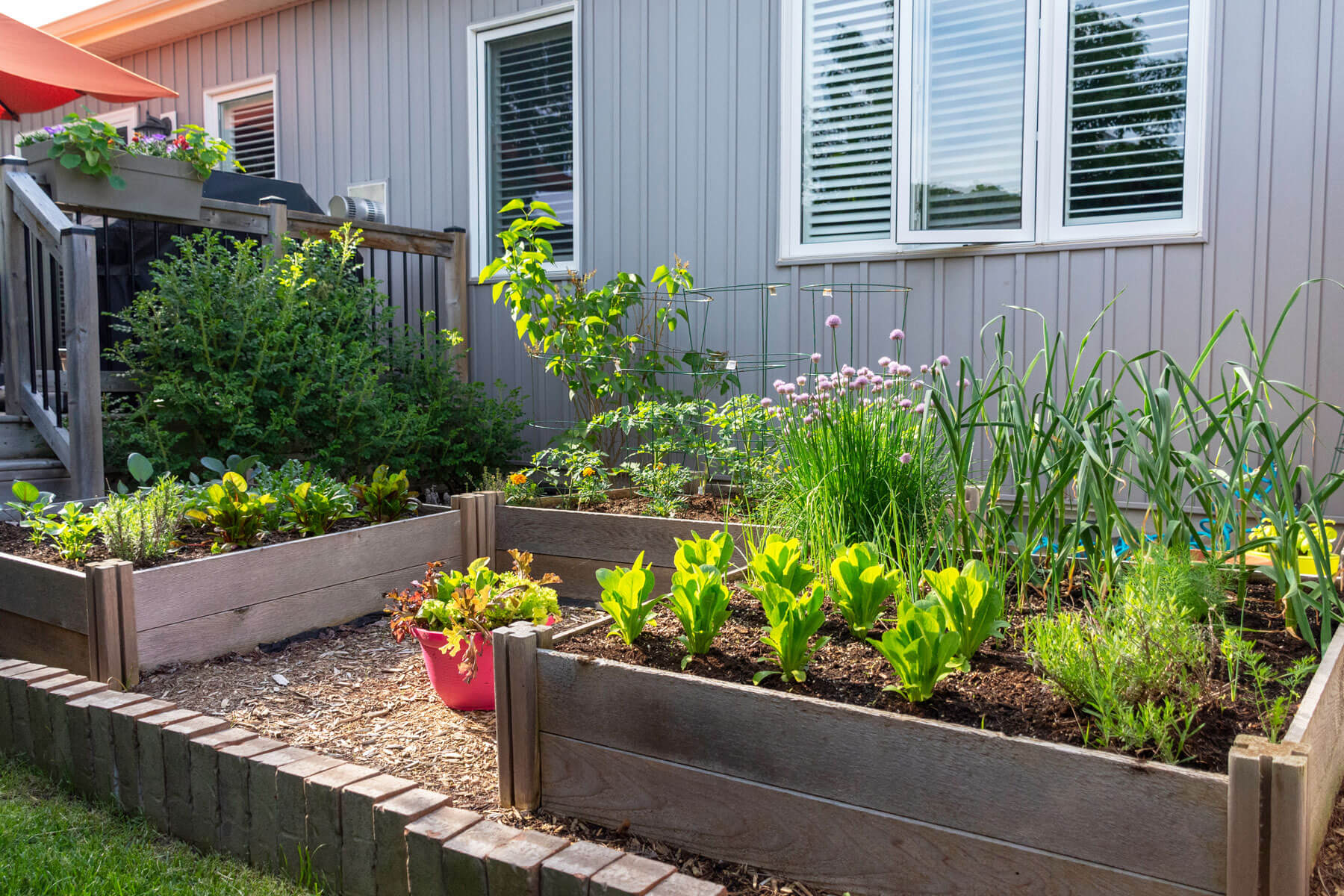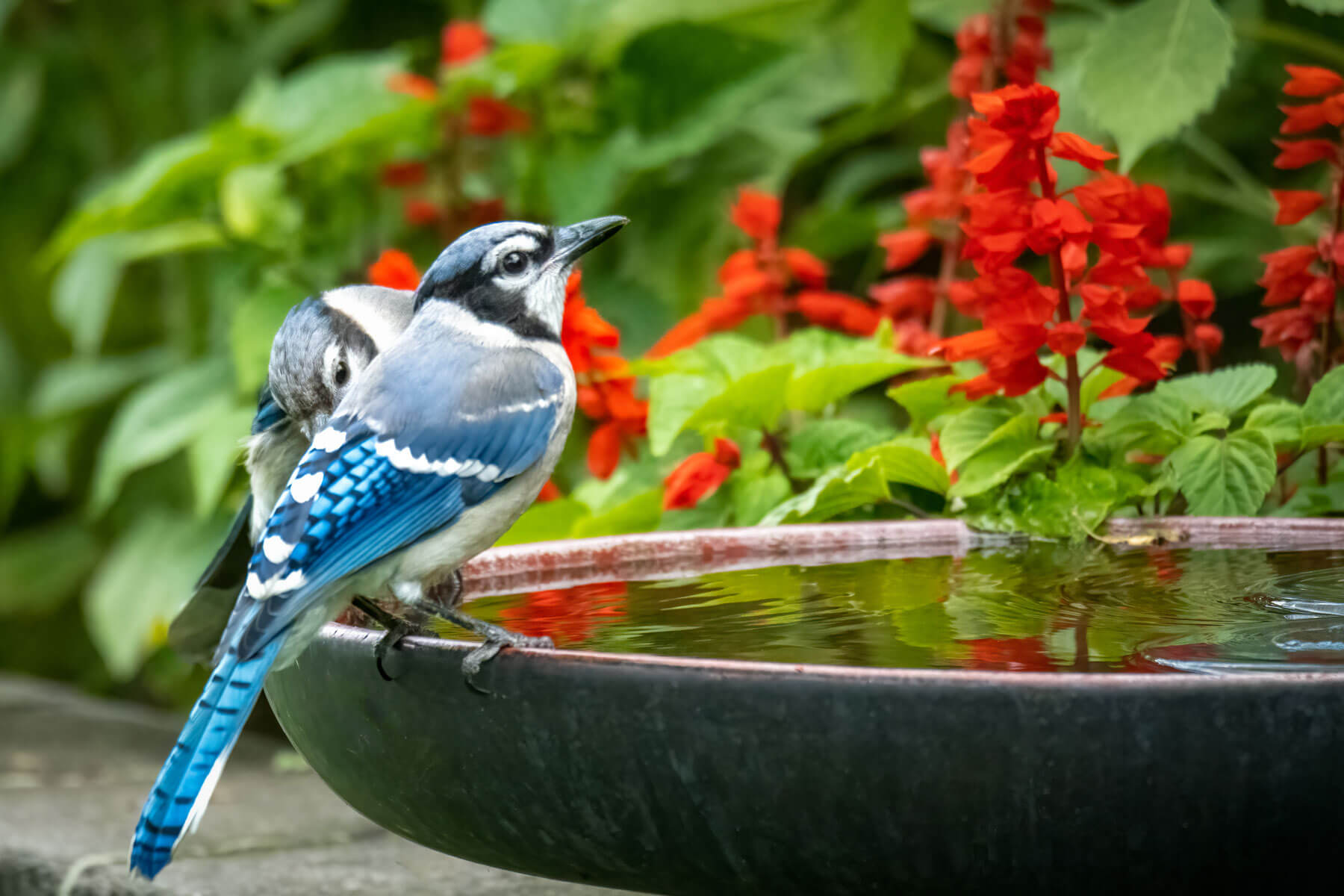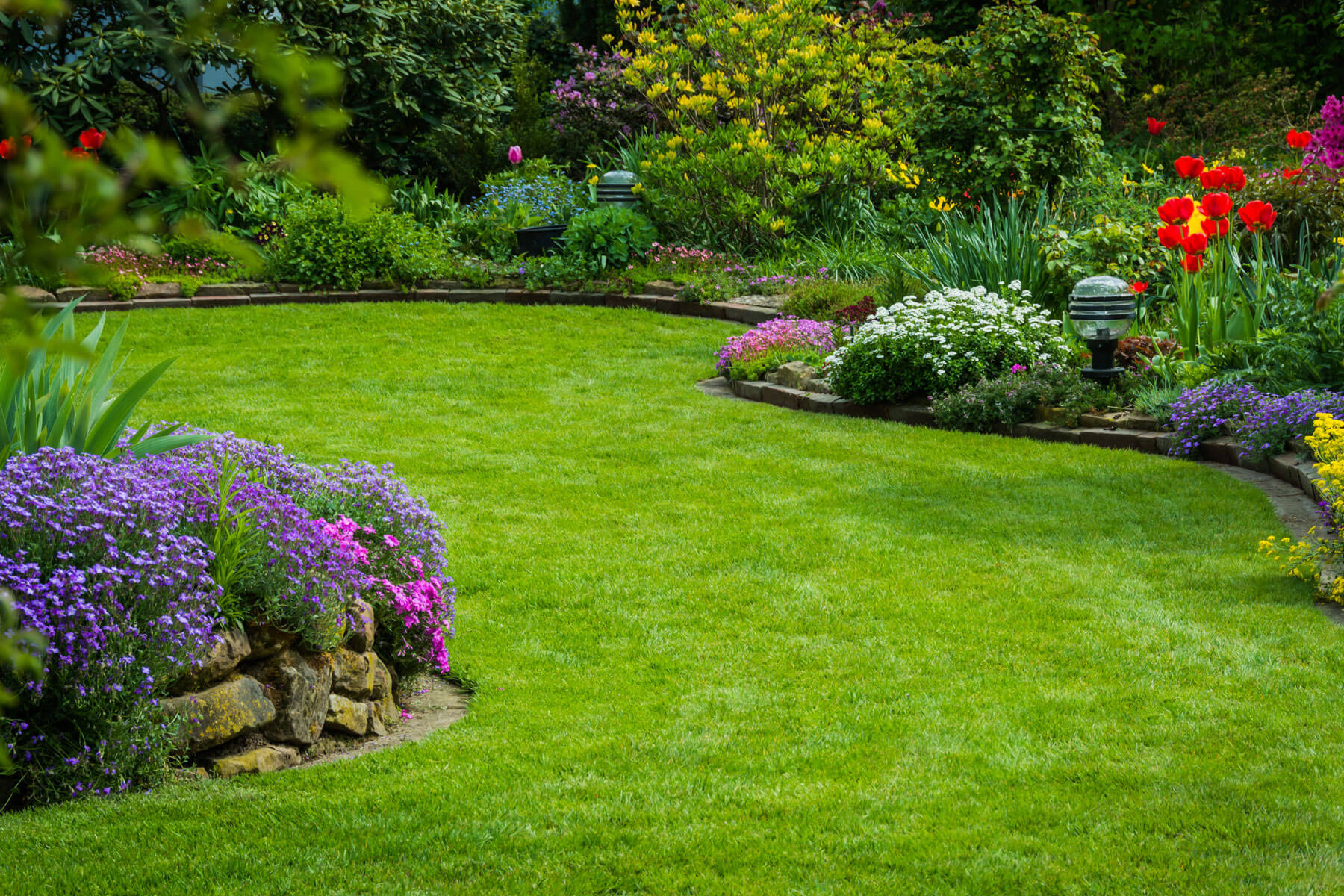Tips for Front and Backyard Landscaping with Rocks and Boulders
Transforming your outdoor space into a breathtaking sanctuary requires more than just vision—it demands careful consideration and expertise. Rocks and boulders, with their timeless appeal, offer a canvas for creating awe-inspiring landscapes that harmonize with nature and architectural design alike.
In the realm of landscaping, rocks and boulders serve as versatile elements, capable of imparting character, structure, and visual intrigue to any setting. From enhancing curb appeal to sculpting serene backyard retreats, their presence adds depth and dimension to outdoor environments.
As you begin with your landscaping venture, understanding the nuances of working with rocks and boulders is essential. From selecting the right size and shape to integrating them seamlessly into your existing landscape, each decision plays a crucial role in shaping the overall aesthetic and atmosphere.
Let’s delve into the art and science of harnessing their transformative power to create outdoor spaces that inspire and enchant.
Key Things to Think About Before Using Decorative Stones in Landscaping
Does It Fit in with the Current Layout/Design?
Your chosen decorative stone must work well with both your home and your landscape. So try to maintain the same look and feel with your new decorative stone. You don’t want the existing natural rock to contrast too much with the new rock you’re bringing in.
If your chosen decorative stone doesn’t fit in, consider redesigning your landscape.
Use Local Resources for Decorative Stone
Whether you’re landscaping with small boulders or large ones, rocks are heavy. And the further they have to travel, the higher their cost will be. So choose a local stone delivery company to save on transportation costs.
Also, if you shop with a local stone supplier, you can hand pick your stones instead of ordering them without knowing what they look like.
Size Matters: Make Sure to Keep It in Scale of the Immediate Space
This is where the experience of landscape experts is really helpful. The size of the boulders and stones you choose must depend on the scale of the space where you’re adding decorative stone along with the scale of the overall landscape.
The most common mistake when using decorative stone in landscaping is using stones that are too small or too large for the space.
Placement and Accessibility
Often, homeowners overlook the weight of decorative stone, especially boulders. So when it comes to moving these heavy stones into the backyard or desired location, they or inexperienced workers will risk injury, along with damage to vehicles, paving, and structures.
So work with experienced contractors who are insured for this type of work and who know how to maneuver giant boulders safely and effectively to get the right look.
Arrangement Options
A single boulder can look out of place in a landscape. In the natural world, boulders typically exist in groups of different shapes and sizes. So work a boulder into a group of smaller-sized “helping” stones—around three—and have the most attractive parts of the boulders showing.
Boulders should also be planted into the ground, so they are anchored into the landscape both physically and visually.
Nesting and Planting
Plantings around boulders make boulders look natural and help to anchor boulders into the landscape visually.
Nesting is a Japanese Zen garden technique of planting the stone so it looks like it’s rising up from within the vegetation. This technique helps stones fit into landscapes, around rock waterfalls, and at patio edges if the base of the stone is disfigured by mortar.
Nesting also helps fill gaps and hide utilities, foundations, and irrigation heads.
Shapes
Decorative stone comes in a variety of shapes and sizes for different purposes. To give you an idea, here are common shapes for boulders:
- Flat—flat boulders are less than a foot tall, unlimited in length and width, and have a flat top surface. Flat boulders are used as walkways, bridges, stepping stones, at the water’s edge, and in front of other boulders.
- Arching—also known as thrusting, this is an odd shape of boulder with an overhang on the right or left. It is a lower stone than other shapes. And it is used for stability of prominent garden features, such as the corner of a stone bridge.
- Reclining—also known as an ox stone, this diagonal stone has one end up higher and narrower than the opposite end. Reclining boulders are often used to direct the eye to another element in the garden.
- Low Vertical—a massive boulder that is wider than it is tall and often used as a companion for taller stones.
- Tall Vertical—a boulder that is taller than it is wide, often used on the taller half of a waterfall, or as the central stone in a composition of stones.
Dos and Don’ts of Landscaping With Decorative Stone
DON’T order stone without planning your landscape design first—e.g., drawing a plan for your landscape and calculating the amount of stone you’ll need based on accurate measurements of your yard, or hiring landscape experts to design a plan for you.
DON’T limit yourself to one size or colour of stone. Otherwise, you’ll have a monotonous landscape.
DO use different types of stone for different areas—e.g., framing flagstone paths with a different but complementary shade of gravel.
DON’T exclude plants from your backyard and front yard landscape design. Plants soften landscapes and provide colour, texture, and shade, keeping your hardscaping from absorbing too much heat from the sun.
DON’T line up large rocks in an unnatural design, such as a straight row. Large rocks and boulders should look naturally placed as they do in nature.
DO arrange various sizes of stones and boulders in a natural, complementary design.
DON’T place a large boulder in your yard without digging a hole that is about ¼ the size of boulder first. The bottom of a boulder should be partly in the ground for stability and to look natural.
DO consider rocks and bricks as an alternative to plants around trees for low-maintenance landscaping. Create a border of large stones, bricks, or edging to keep the smaller rocks from falling out. And leave 8 to 10 inches between the rocks and tree trunk.
DON’T use plastic landscape sheeting under rocks. This will prevent water and oxygen from reaching the roots of plants and trees. Instead, use porous landscape fabric.
DO include a large tree in your backyard patio area instead of cutting it down. You can build your stone landscaping around the tree for an attractive patio with natural shade. Keep in mind that the patio should be 3 to 7 feet away from the tree so the roots have enough surface area to absorb water.
The Takeaway
While you might be able to draw your own landscaping design, fine hardscaping can only be truly achieved by a professional landscape designer who has experience landscaping with decorative stone.
Professional landscaping services have teams of landscape experts who can work with you to design the landscaping for the front of your house and the back with beautiful stonework.
They can teach you how to landscape your front yard. And they can even design back or front yard privacy landscaping if that’s what you need.
Successfully using decorative stone and boulders in your landscape is no easy feat. But with the help of landscape design experts, you can transform your yard into a stunning, natural escape.
FAQs:
Q: What are Boulders Used For?
A: Boulders help create areas of interest and a beautiful, natural look for a landscape.
Q: How Do You Use Decorative Stone In Landscaping?
A: You can use decorative stone for a variety of landscaping purposes, including garden beds, pathways, patios, pool decks, ponds, retaining walls, waterfalls, bridges, or as natural decorations in your garden.
Q: How Much Do Boulders Cost For Landscaping?
A: The cost of boulders will depend on several factors, including where you order your boulders from. To get a quote, contact local professional landscape services.
Q: What are the Best Decorative Rocks for Landscaping?
A: The best decorative rocks for landscaping will depend on your landscaping needs. Usually, a combination of large boulders and smaller sized stones will work well together to upgrade your overall landscape.

In 2008, following a successful career as a member of the Canadian Alpine Ski Team, Jonathan Robert stepped into the landscaping industry, starting Jonathan Robert Landscapes. In the years since he’s quickly earned a reputation for high-quality work with creative designs and has been recognized in several industry-leading publications. Jonathan’s always got an eye on innovation and is always looking ahead to see what’s on the horizon in the industry. He works hard to stay on top of current guidelines, practices, and regulations. Jonathan is a member of Landscape Ontario, the International Concrete Paving Industry (ICPI), Canadian Nursery Landscape Association (CNLA), and is a Tech-Pro contractor.

